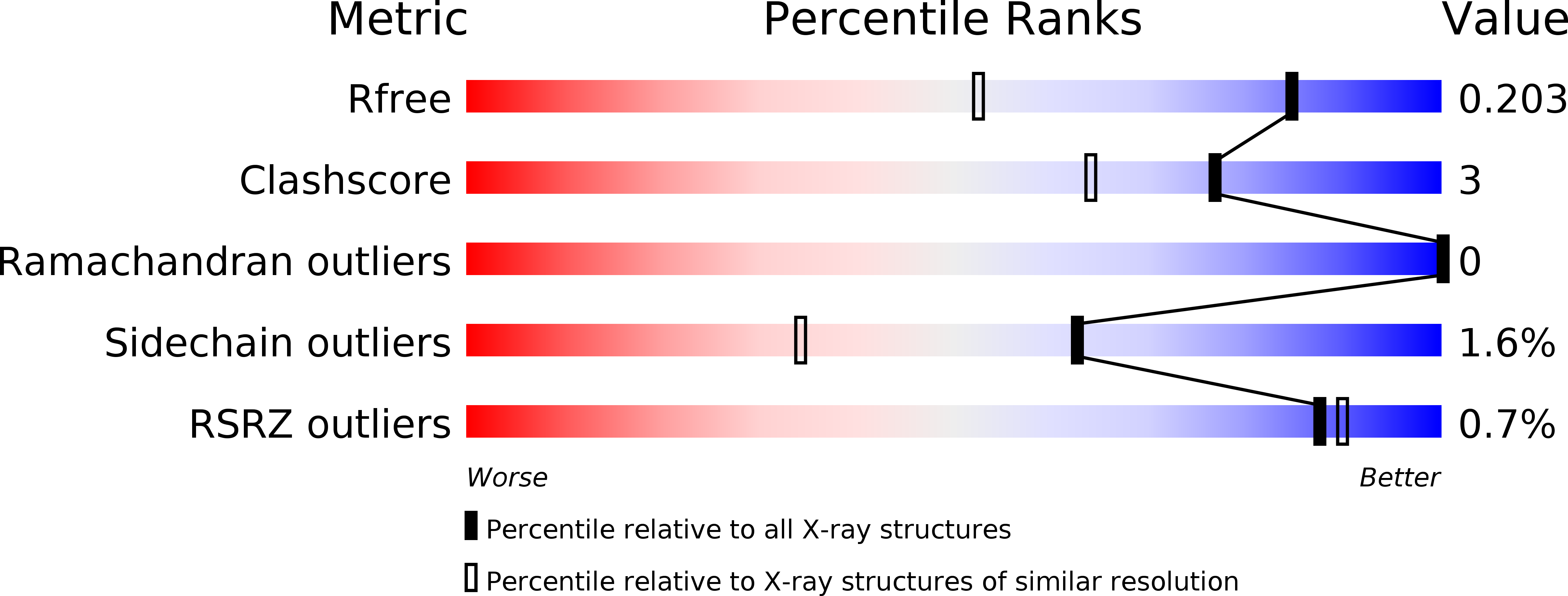
Deposition Date
2011-02-14
Release Date
2011-10-12
Last Version Date
2023-12-20
Entry Detail
PDB ID:
2Y9F
Keywords:
Title:
High-resolution Structural Insights on the Sugar-recognition and Fusion Tag Properties of a Versatile b-Trefoil Lectin Domain
Biological Source:
Source Organism:
LAETIPORUS SULPHUREUS (Taxon ID: 5630)
Host Organism:
Method Details:
Experimental Method:
Resolution:
1.47 Å
R-Value Free:
0.19
R-Value Work:
0.15
R-Value Observed:
0.15
Space Group:
P 21 21 21


